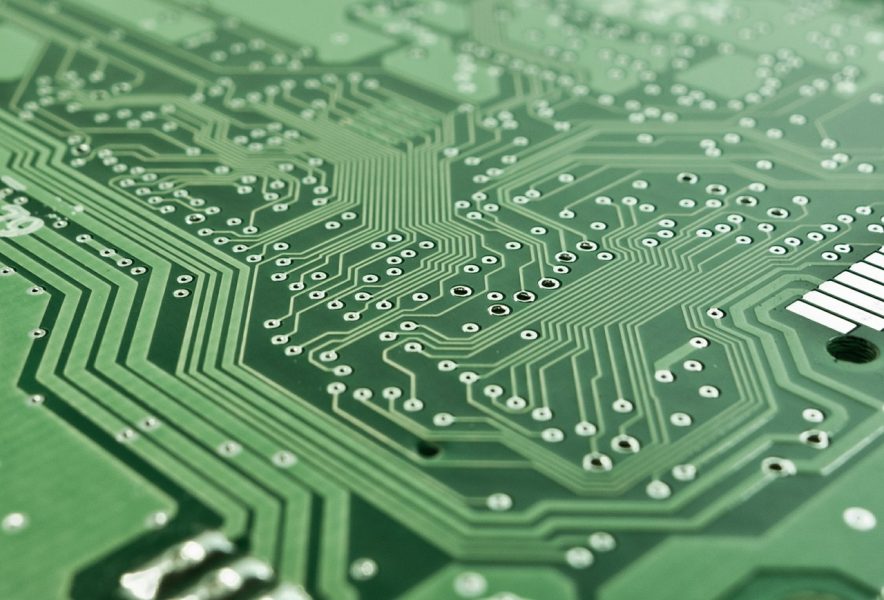In their Progress Report published in Advanced Electronic Materials, Prof. Mario Lanza at the Collaborative Innovation Center of Suzhou Nano Science & Technology, Soochow University (China), and colleagues comprehensively describe recommended methods to study resistive switching devices.
In fact, due to the complexity and the interdisciplinary nature of the phenomena, such a paper is long overdue. There are more and more research groups starting activities in this important field and they, indeed, need guidance. Micro- and nanoscale metal/insulator/metal (MIM) cells, fabricated with whatever technique, often lead to the observation of resistive switching (RS). However, such an observation on the one hand, and high-quality devices as well as a physical understanding of the microscopic RS mechanism on the other hand, are very different things. Despite the significant progress in recent years, considerable research effort is still needed before redox-based RS devices can be exploited in highly dense non-volatile memory (NVM) systems on the mass market. For another application area, namely the use of RS cells as electronic synapses in artificial neural networks of neuromorphic computers, the entire development is even more in its infancy. In this context, the Report rightfully states that there is even “still no consensus on the performance metrics required of RS devices”.
The Report discusses all major technologies for fabricating RS based NVM cells, including the deposition methods for the insulating oxide (electrolyte) layer and various electrode materials. Furthermore, it emphasizes the importance of the quality and reproducibility of the electrode/oxide interface. Different electrical characterization techniques and their advantages and disadvantages are described. In particular, the current-blind and the current-visible pulsed voltage stress method are outlined. It is demonstrated that the latter is preferable, although it requires advanced hardware, because only this method provides realistic endurance data. The Report carefully addresses all relevant performance parameters (such as RS voltages and currents, the resistance ratio, the endurance, the retention time, the switching time and the energy consumption, the variability, and the scalability), their correct measurement and their interrelation.
With respect to microscopy and spectroscopy techniques used to investigate the RS mechanism and the RS states of the devices, the Report stresses the necessity to produce dedicated devices for the targeted technique which might deviate significantly from the devices optimized for electrical functionality. While the Report extensively covers the scanning probe-based techniques, it should be mentioned that there are additional spectroscopy techniques such as transmission X-ray microscopy (TXM), scanning TXM, and X-ray absorption spectroscopy which have been employed successfully in RS research.
In the area of simulation of RS effects, the authors cover all scales starting from first principles ab-initio methods, via kinetic Monte Carlo and molecular dynamics techniques, to finite elements methods, the electron transport models including tunneling through Schottky barriers, and the description of devices in compact models for circuit simulators. It should be mentioned that the pitfalls in theory and modeling are at least as dangerous as those in the experimental techniques. The Report rightfully stresses the importance of experimental data on the physical and chemical properties of materials to be used for calibration of the models. One should add that a lot of data are reported in the material science and solid-state physics literature of the last fifty years, but many authors do not take the time to do a careful literature study.
The Report concludes that many of the RS studies i) don’t provide enough information to reproduce the experiments, ii) use device structures that are not relevant/realistic from a technological point of view, iii) omit essential figures of merit, or iv) make claims that are not well supported by rigorous experimental or computational data.
Text kindly provided by:
Prof. Rainer Waser
Institute of Electronic Materials (PGI-7)
Peter Grünberg Institut
Forschungszentrum Jülich
D-52425 Jülich, Germany
Institute of Materials in Electrical Engineering
and Information Technology 2 (IWE 2)
RWTH Aachen University
D-52056 Aachen, Germany
Jülich-Aachen Research Alliance
Section Fundamentals of Future Information Technology (JARA-FIT)

















